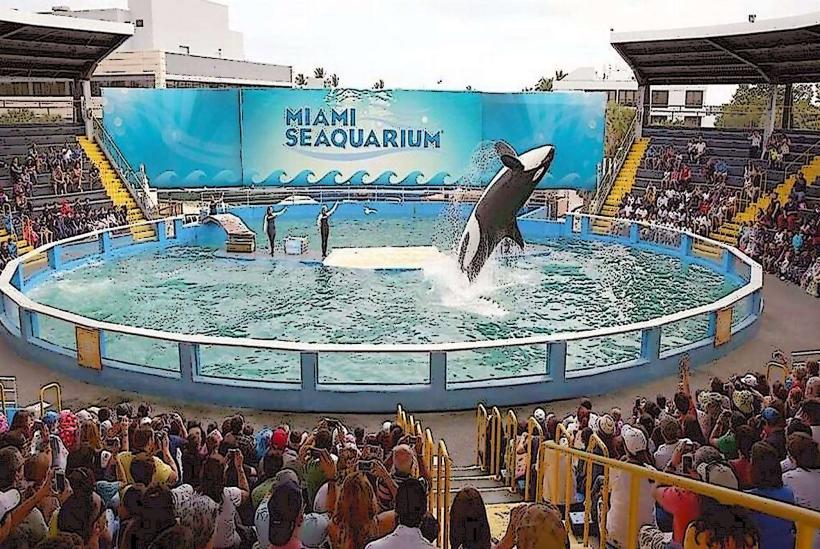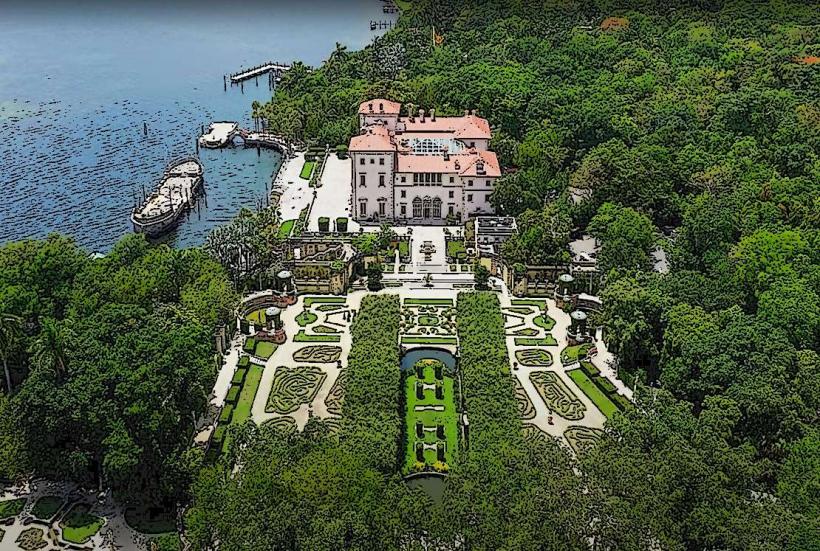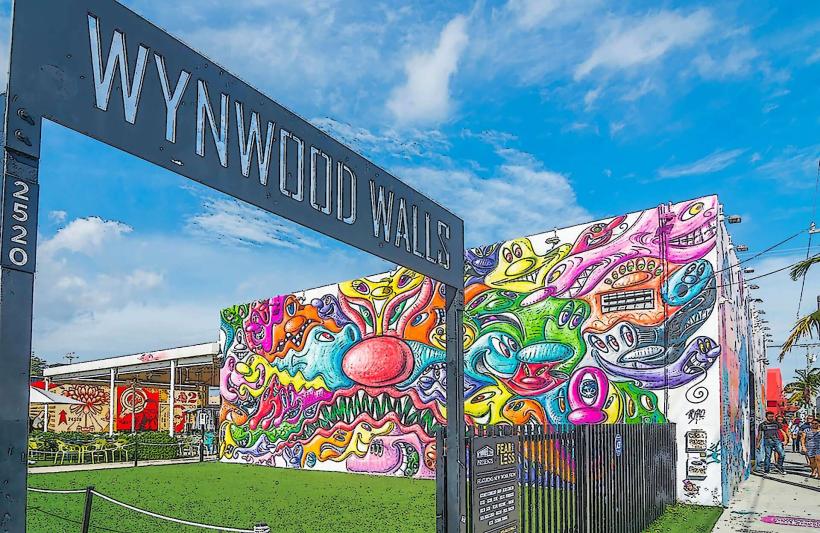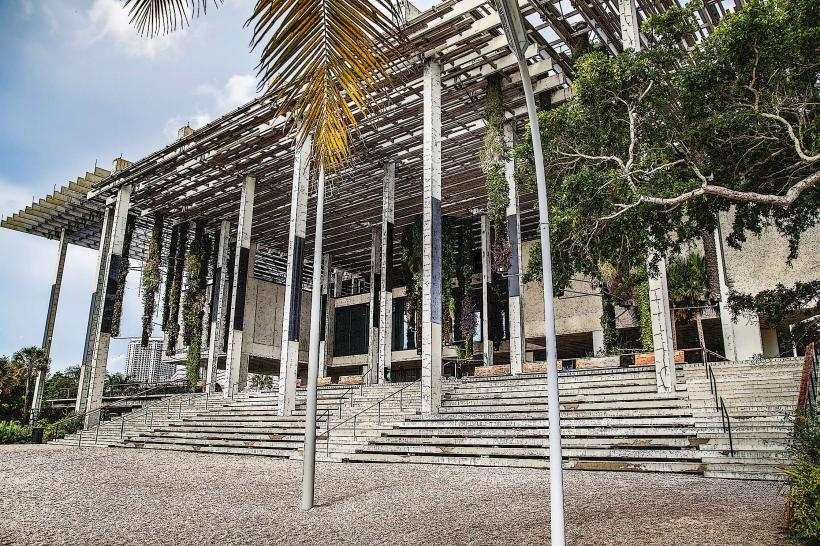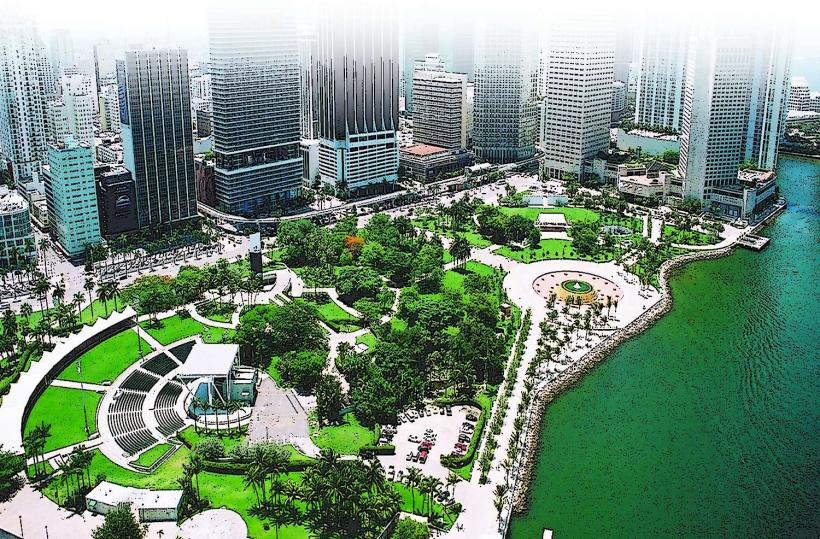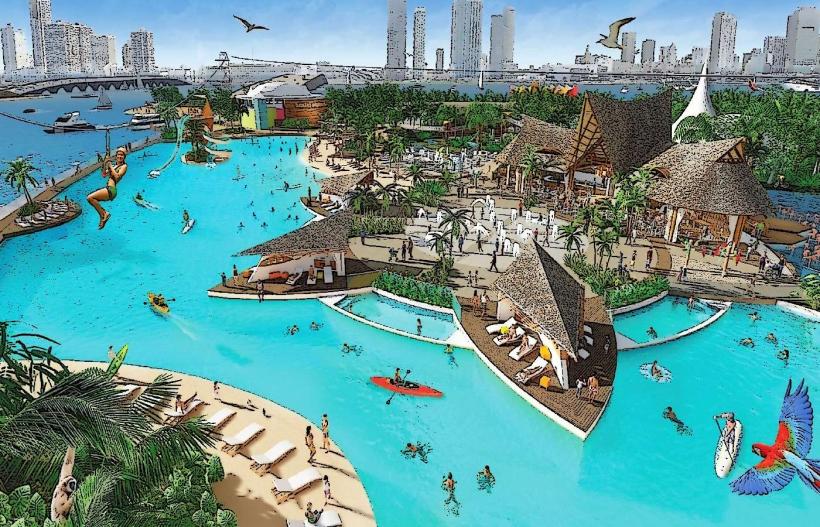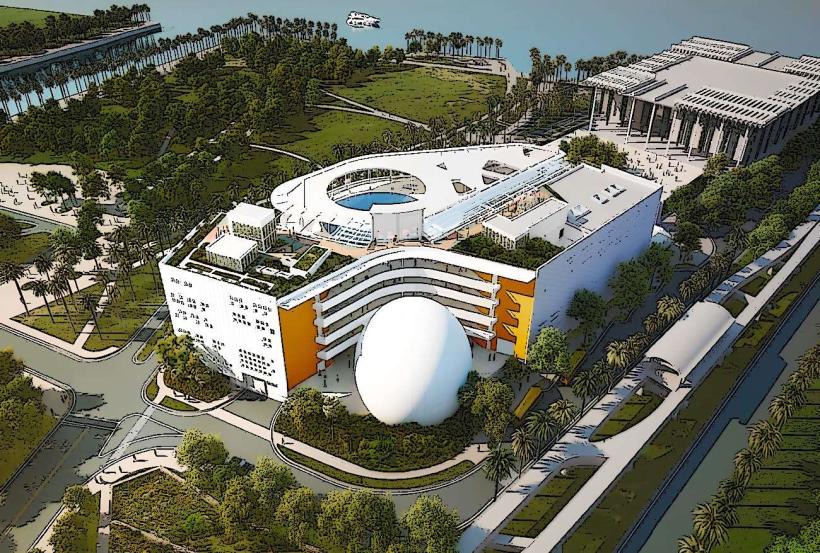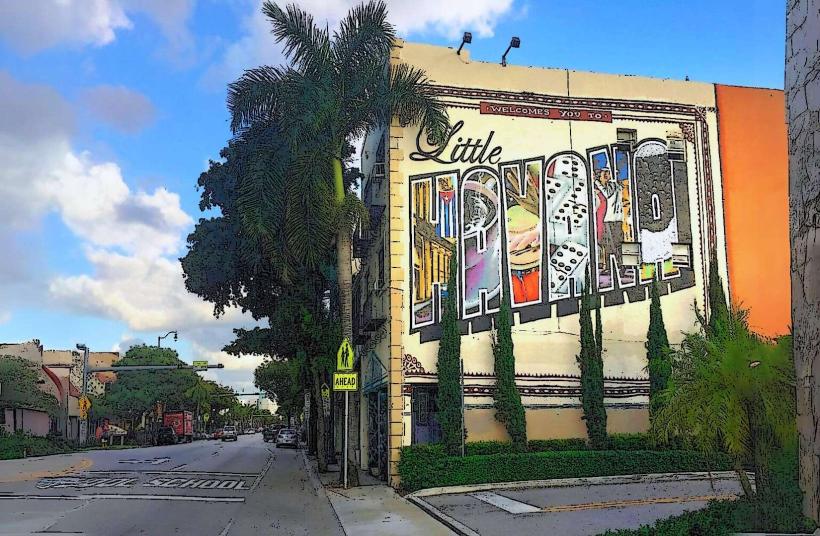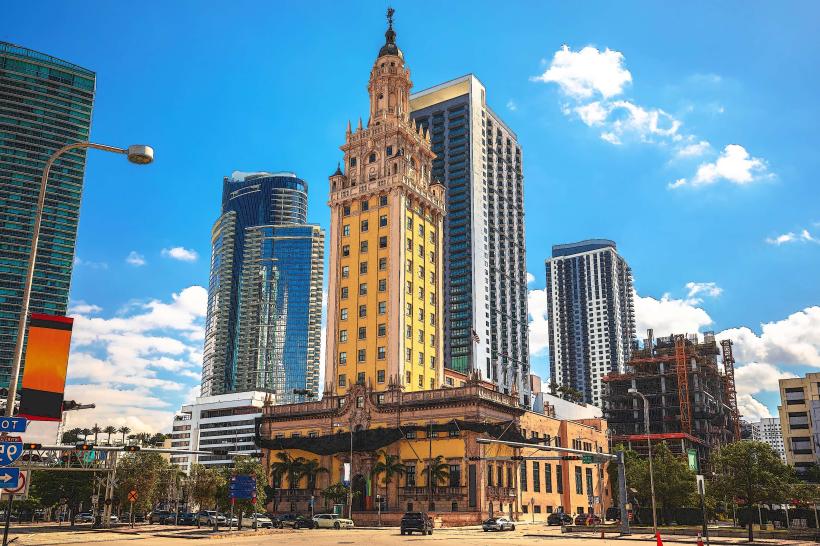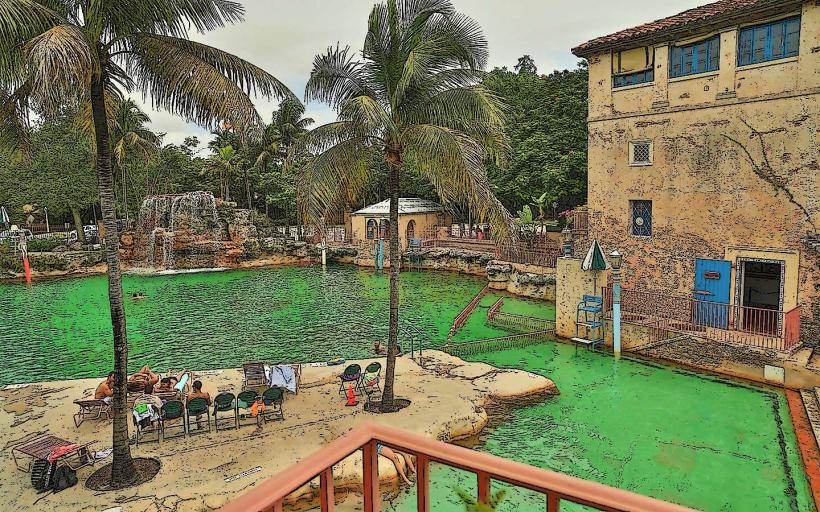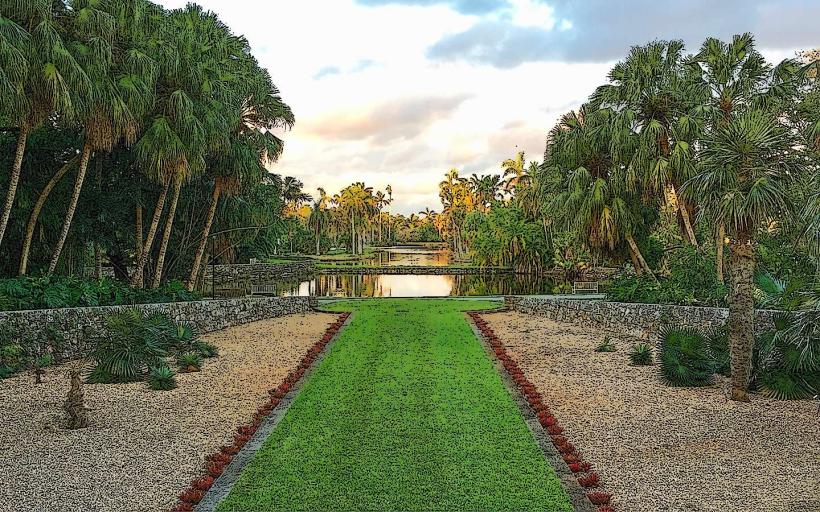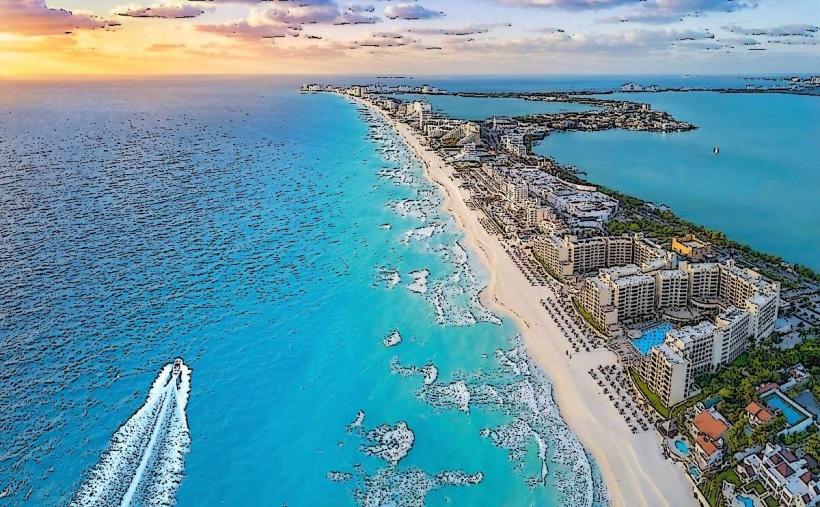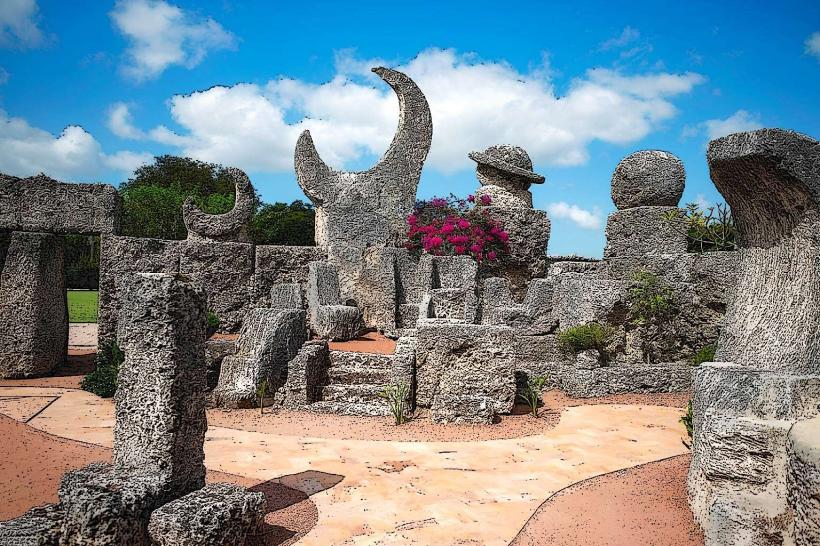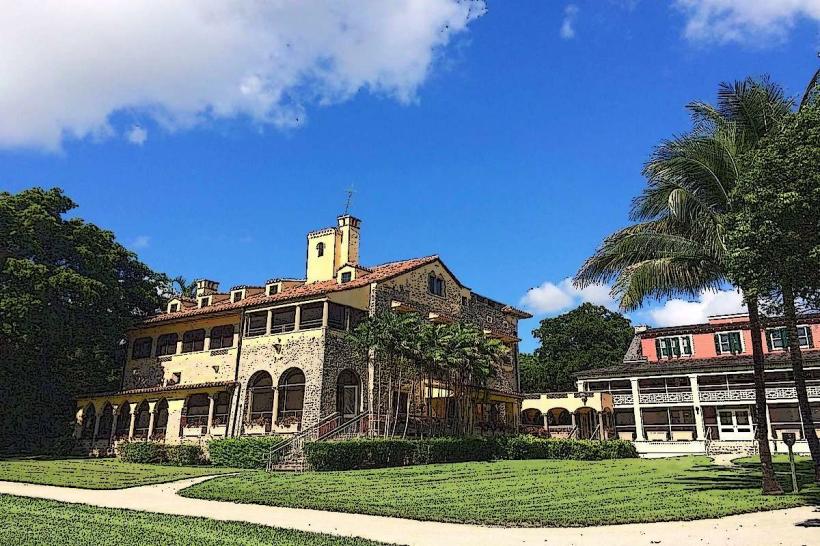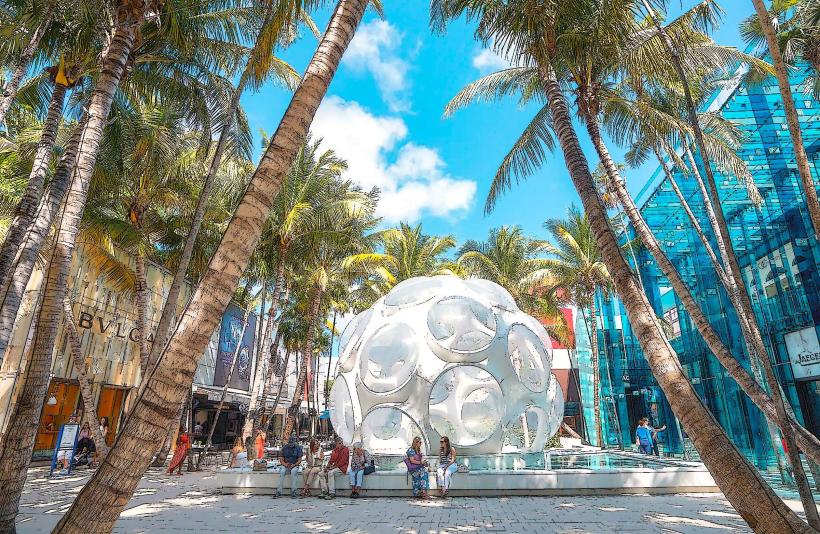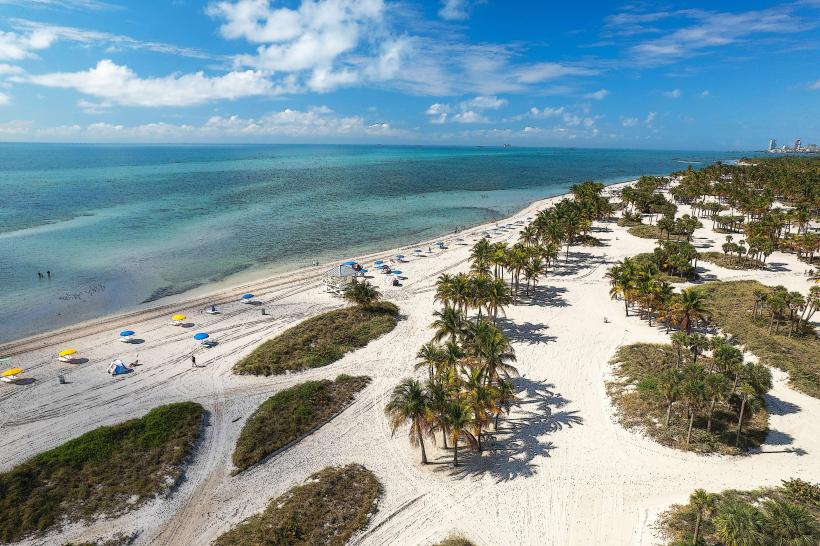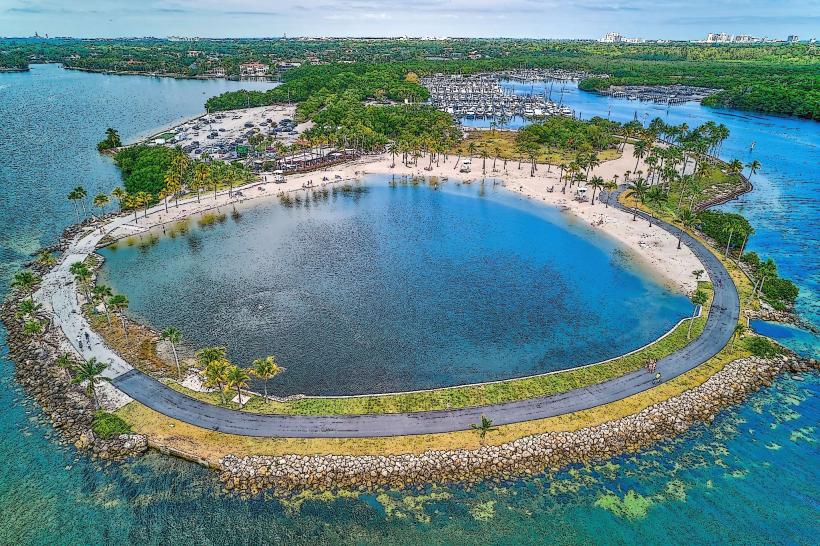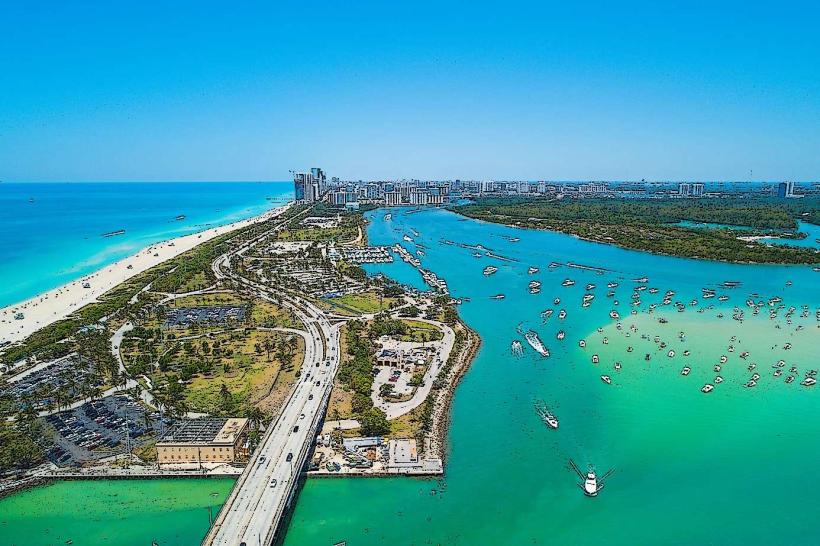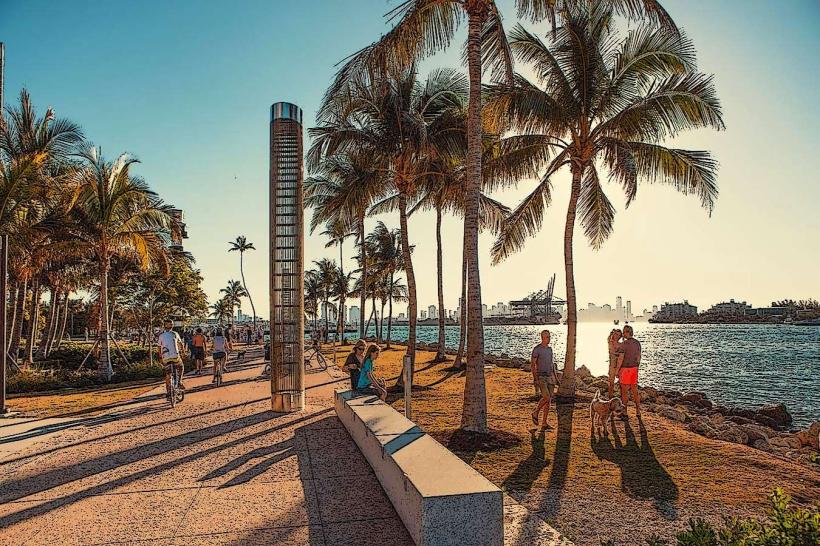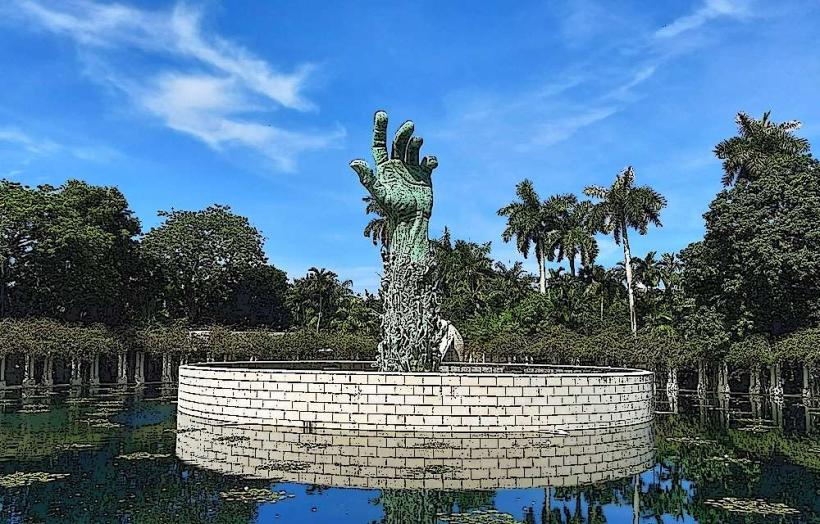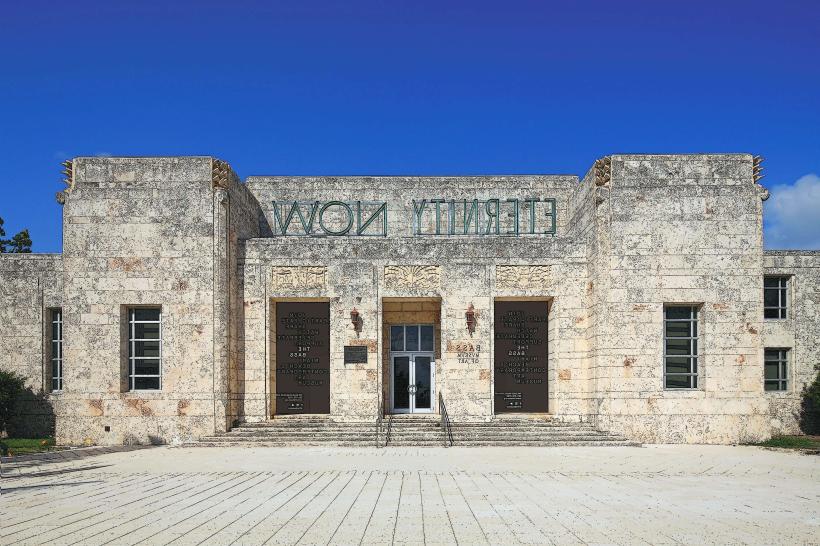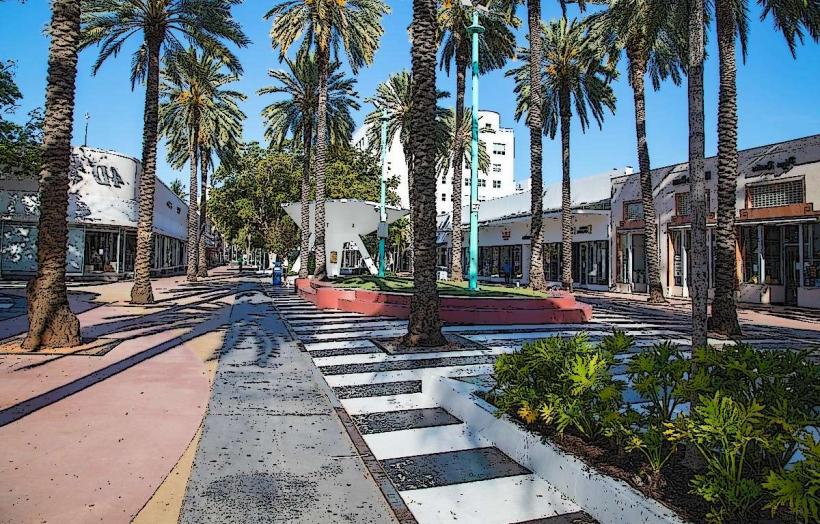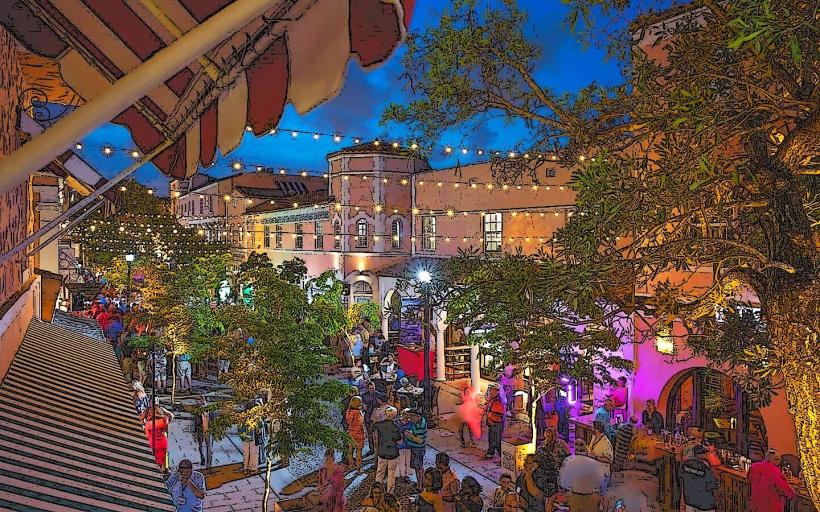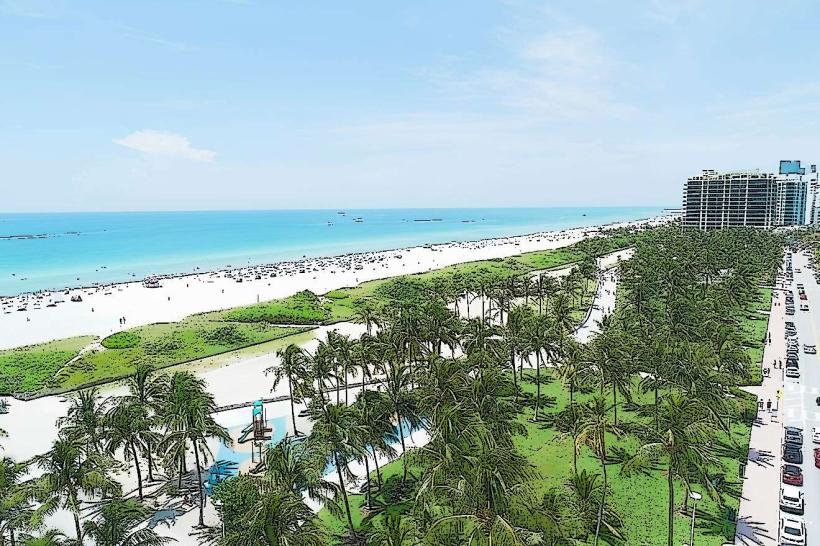Information
City: MiamiCountry: USA Florida
Continent: North America
Miami, USA Florida, North America
Geography and Setting
Miami is located in southeastern Florida on the Atlantic coast, at the southern tip of the Florida peninsula. The city is part of Miami-Dade County and lies between the Everglades to the west and Biscayne Bay to the east. It includes both mainland neighborhoods and barrier islands. The terrain is flat and low-lying, with much of the city only a few feet above sea level.
Climate
Miami has a tropical monsoon climate. Summers are hot, humid, and rainy, while winters are warm and dry. The city experiences distinct wet and dry seasons:
Wet season: May through October, marked by daily thunderstorms and high humidity.
Dry season: November through April, with lower humidity and cooler evenings.
Miami is vulnerable to hurricanes, especially from June to November.
Population and Demographics
Miami is one of the most diverse cities in the United States:
A large majority of the population is Hispanic or Latino, with especially strong Cuban, Colombian, Venezuelan, Nicaraguan, Dominican, and Argentine communities.
Spanish is spoken widely; in many areas it is more common than English.
The city also has significant populations from Haiti, Jamaica, and other Caribbean nations.
The population is a mix of long-term residents, recent immigrants, and seasonal visitors.
Economy
Miami has a globalized, service-based economy with key industries including:
Tourism: Driven by beaches, nightlife, cruise travel, and warm weather.
International trade and logistics: Due to its strategic position between the U.S., Latin America, and the Caribbean.
Finance and banking: A regional hub for Latin American banking and investment firms.
Real estate and construction: A constantly evolving skyline and luxury condominium market.
Healthcare and biotechnology: A growing sector with hospitals, research institutions, and wellness services.
Media and entertainment: A major center for Spanish-language media production, including TV, music, and print.
Neighborhoods
Miami is composed of many distinct neighborhoods, each with its own character:
Downtown: Business and financial center with luxury high-rises and cultural venues.
Brickell: Upscale, dense financial district with condos, rooftop bars, and international banks.
Little Havana: Cultural heart of the Cuban-American community, known for its street life, food, and history.
Wynwood: Trendy art district known for murals, galleries, breweries, and creative spaces.
Overtown: Historically African American community undergoing revitalization.
Coconut Grove: Oldest neighborhood in Miami, known for lush vegetation, boutiques, and sailing culture.
Coral Gables: Planned city with Mediterranean-style architecture, home to the University of Miami.
South Beach (part of Miami Beach): World-famous nightlife, Art Deco buildings, and beach culture.
Education and Institutions
Miami is home to several institutions of higher education:
University of Miami (private, located in Coral Gables)
Florida International University (public, with a major campus in West Miami-Dade)
Miami Dade College (one of the largest and most accessible colleges in the country)
Public schools are operated by Miami-Dade County Public Schools, the largest school district in Florida. There is also a growing number of private and charter schools.
Transportation
Miami’s transportation network includes:
Highways: I-95, I-395, US 1, and State Road 836 connect major parts of the city.
Public Transit: Operated by Miami-Dade Transit, including:
Metrorail (heavy rail)
Metromover (free downtown automated train)
Metrobus system
Miami International Airport: Major international hub, especially for Latin America and the Caribbean.
PortMiami: One of the largest passenger ports in the world for cruise ships.
Ride-sharing, biking, and scooters are increasingly common in urban zones.
Culture and Lifestyle
Miami is a vibrant cultural melting pot:
Languages: English and Spanish are dominant; Haitian Creole is also widely spoken.
Cuisine: Strong Latin American, Caribbean, and seafood influences—Cuban food is central, but Colombian, Peruvian, Haitian, and Jamaican flavors are also prevalent.
Nightlife: Internationally known for clubs, rooftop bars, beach parties, and electronic music festivals.
Arts: Home to world-class events like Art Basel Miami Beach, numerous galleries, and design centers.
Sports: Home to professional teams in football, basketball, baseball, soccer, and hockey.
Environment and Nature
Miami is surrounded by unique ecosystems:
Biscayne Bay provides access to marine life, islands, and water sports.
Urban green spaces and coastal parks are common, though limited by high-density development.
Nearby wetlands, especially those connected to the Everglades, contribute to biodiversity and water supply but are threatened by urban expansion and climate change.
Challenges
Sea level rise and climate vulnerability: Miami faces chronic flooding, king tides, and long-term risks from rising seas.
Traffic congestion: Dense urban layout and limited mass transit options lead to frequent congestion.
Housing affordability: Rising rents and property values have made affordable housing a major issue.
Income inequality: Sharp divides exist between wealthy coastal areas and inland working-class neighborhoods.
Identity
Miami is often viewed as a gateway to Latin America and a city with a cosmopolitan, fast-paced, and outward-looking identity. It blends cultures, languages, and influences into a unique urban experience found nowhere else in the U.S.

